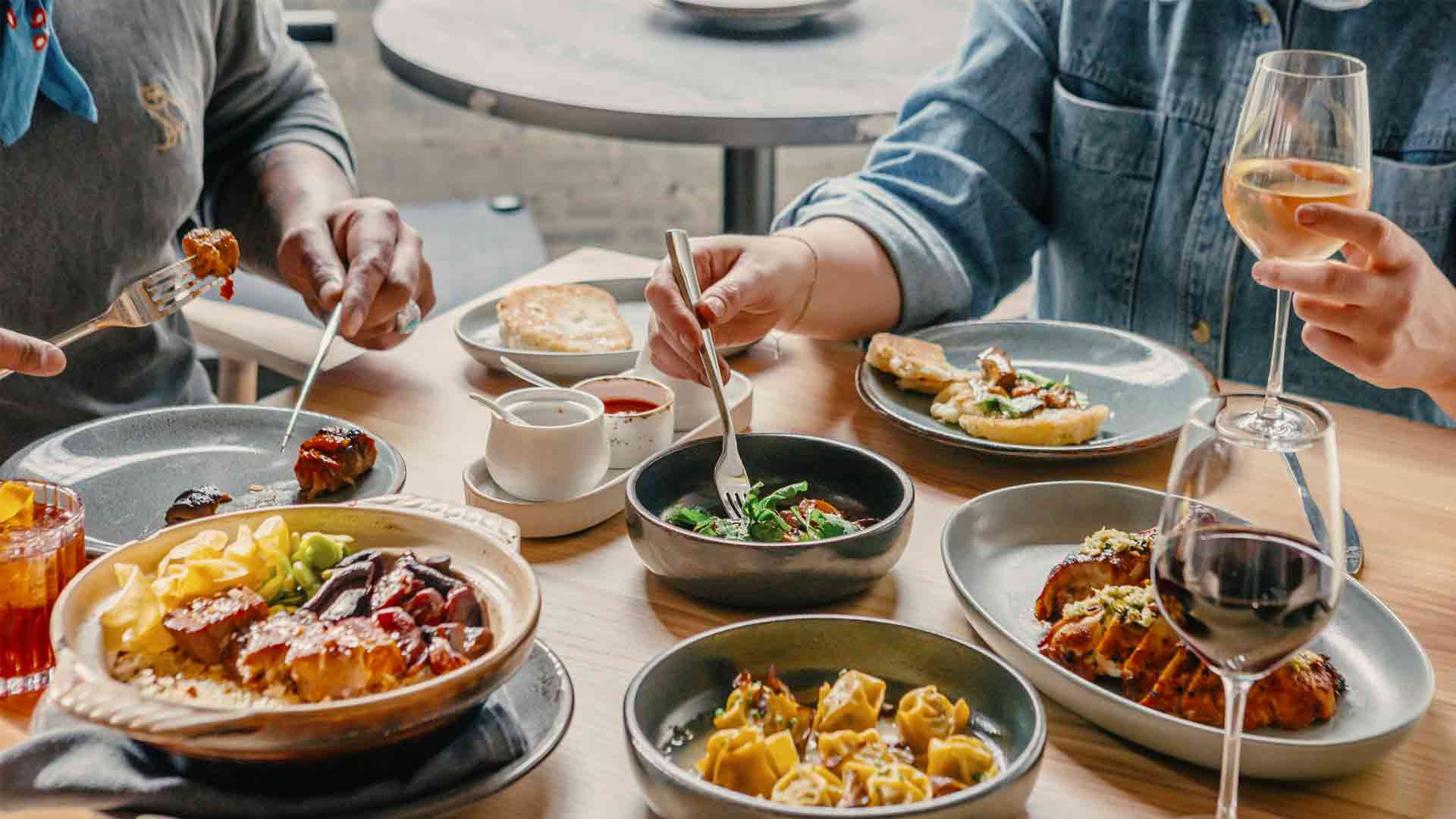Tastes Across Time and Place

Tastes Across Time and Place
The human experience is inextricably linked to food. From the earliest hunter-gatherers to the sophisticated palates of the modern era, our relationship with what we eat has shaped our cultures, our societies, and our very identities. "Tastes Across Time and Place" delves into this fascinating evolution, exploring how culinary traditions have been born, transformed, and transmitted across continents and centuries.
Our journey begins in the mists of prehistory. Imagine early humans, driven by necessity and instinct, discovering the transformative power of fire. The act of cooking, of rendering raw ingredients palatable and digestible, was a revolutionary step. This wasn't just about sustenance; it was about community. Shared meals around a flickering fire fostered social bonds, facilitated the exchange of knowledge, and laid the groundwork for the complex culinary rituals that would follow.
As civilizations emerged, so too did distinct culinary identities. In ancient Mesopotamia, grain cultivation led to the development of bread and beer, staples that would underpin countless diets for millennia. The Egyptians, with their fertile Nile valley, mastered agriculture, producing a bounty of fruits, vegetables, and grains, often prepared with honey and spices. The Romans, renowned for their engineering and organizational prowess, also left an indelible mark on the culinary landscape. Their elaborate banquets, featuring exotic ingredients and complex preparations, reflected a society that prized both abundance and refinement.
The Silk Road, a network of trade routes connecting East and West, played a pivotal role in the cross-pollination of flavors. Spices like cinnamon, cardamom, and pepper, once rare and precious commodities, traveled vast distances, transforming the palates of Europe and Asia. This exchange wasn't limited to ingredients; culinary techniques and dishes also migrated, creating new hybrid cuisines and enriching existing ones.
The Age of Exploration, while often marked by conquest and colonization, also led to an unprecedented culinary exchange. The Columbian Exchange, for instance, introduced staple foods like potatoes, tomatoes, and corn from the Americas to Europe, Africa, and Asia. Conversely, ingredients like wheat, sugar, and livestock were brought to the Americas. This global diffusion of foodstuff fundamentally altered diets worldwide, influencing everything from peasant fare to royal feasts.
In more recent times, globalization and increased travel have further accelerated the blending of culinary traditions. The concept of "fusion cuisine" has become commonplace, with chefs experimenting with ingredients and techniques from diverse cultures. Whether it's Japanese sushi with Peruvian influences or Italian pasta with Indian spices, the world's kitchens are more interconnected than ever before. This interconnectedness allows us to explore a vast array of flavors without ever leaving our cities. For those seeking to embark on their own global culinary adventure, you can easily find restaurants worldwide, bringing the tastes of distant lands right to your doorstep.
Beyond the ingredients and techniques, food carries with it cultural narratives. A grandmother's recipe, passed down through generations, is more than just a set of instructions; it's a repository of memories, family history, and cultural heritage. The way we prepare, present, and share food often reflects our deepest values and traditions. From the communal feasting of religious holidays to the intimate shared meals of everyday life, food is a powerful vehicle for connection and belonging.
The evolution of taste is a continuous process. As new ingredients are discovered, new technologies emerge, and as our understanding of nutrition and health deepens, our relationship with food will undoubtedly continue to evolve. "Tastes Across Time and Place" is not just about historical consumption; it's a celebration of human ingenuity, cultural exchange, and the enduring power of food to nourish, connect, and delight us across the vast tapestry of human history and geography.